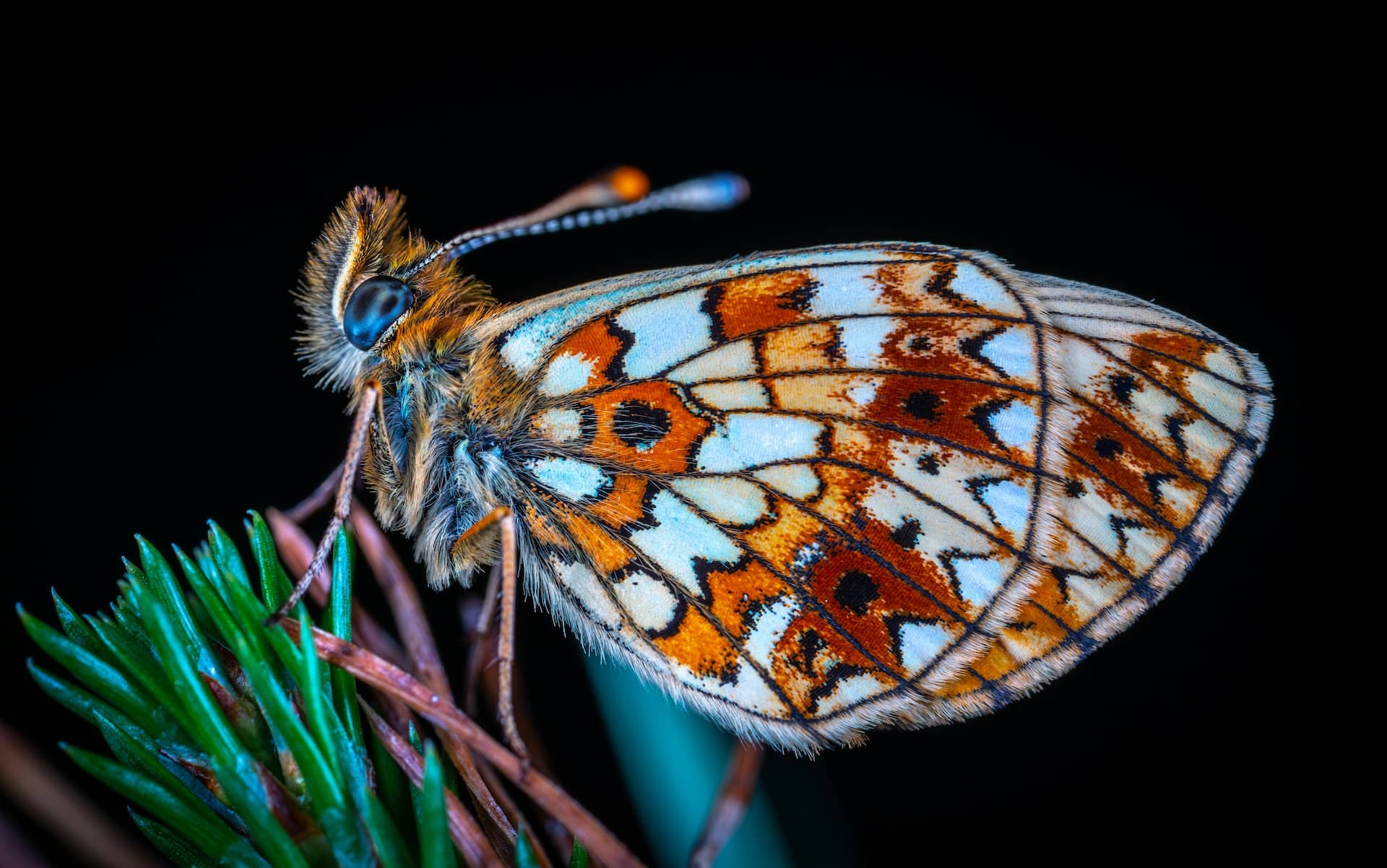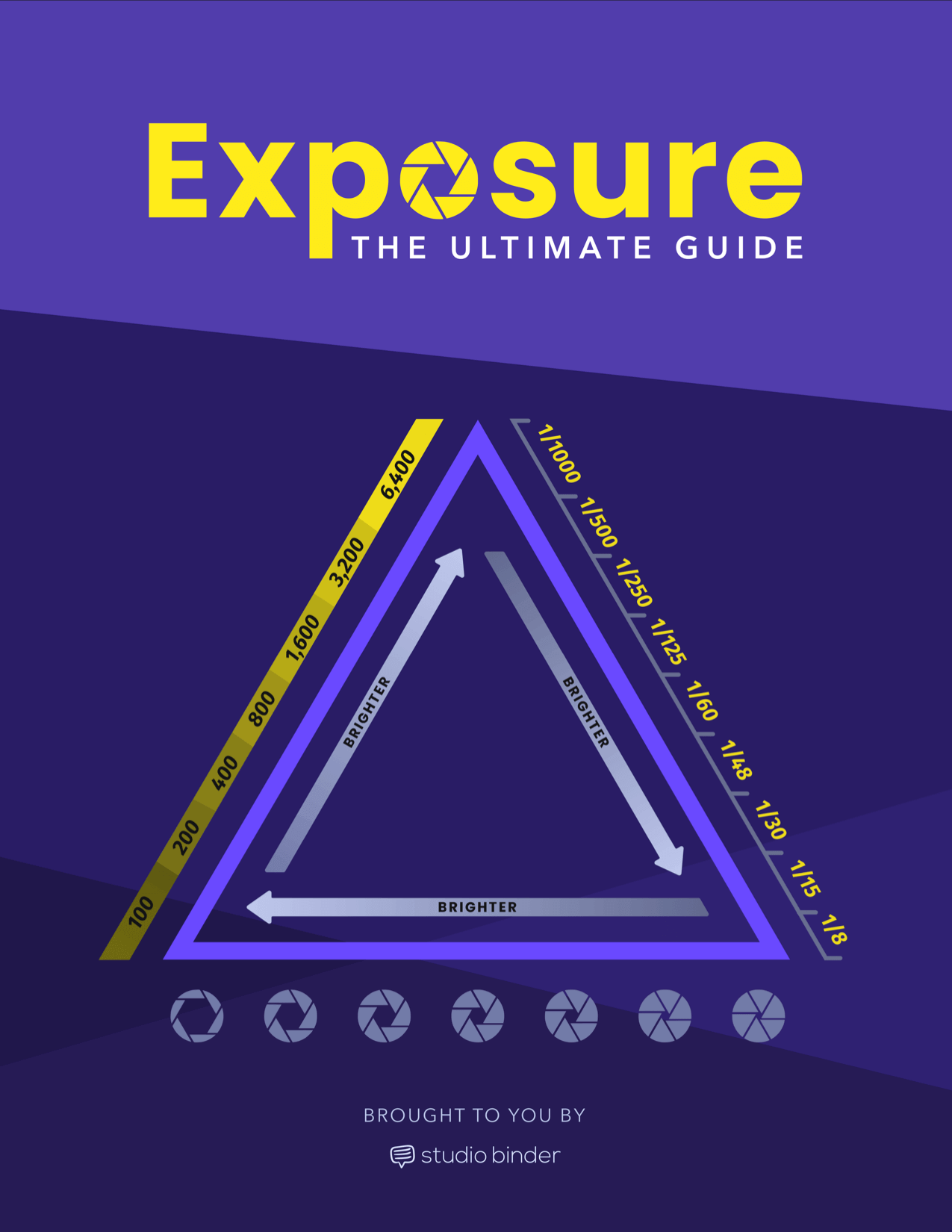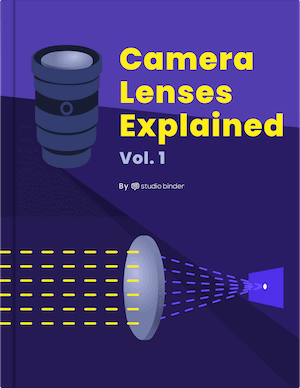Macro lenses are part of every professional photographer and videographers’ tool kit. They can be used for the typical close-up insect photography, but this post details their function so you can test their capabilities no matter what you’re shooting. So what is a macro lens, and how can you use one to its full potential?
Macro Lens Photography & Video
Defining the macro lens
Before we dive into some of the benefits of macro lenses, it’s important to know its purpose and function.
MACRO LENS DEFINITION
What is a macro lens?
A macro lens is a camera lens designed to capture small subjects at close distances. There are two important distinctions between a macro lens and a regular lens. A macro lens increases the magnification of the subject to make it look bigger. They typically project a 1:1 ratio, meaning the subject appears the exact same size as it is in real life. Some macro lenses also allow for the subject to appear bigger than their actual size.
Secondly, macro lenses have a shorter minimum focus distance than a regular lens. This means that you can get very close to the subject and still stay in focus to capture as much detail as possible.
WHAT IS A MACRO LENS USED FOR?
- Magnifying subjects
- Capture smallest details
- Create shallow depth of field to make subject pop
- Maintain focus at close distances
Before we get into the pros and cons of macro lenses, take a minute to download our FREE Ebook — Camera Lenses Explained Vol. 1 — where we cover everything you need to know about the different types of camera lenses, their unique visual characteristics, and how to use them.
Free downloadable bonus
FREE Download
Camera Lenses Explained
Every type of camera lens has distinct qualities and visual characteristics that every image-maker should understand. Download our FREE e-book to get in-depth explanations on prime vs. zoom lenses, anamorphic vs. spherical lenses, wide angle, standard, telephoto and even specialty lenses that all tell a slightly different story.
You might use a macro lens if you’re a nature photographer or videographer, to get those close-ups of flowers, insects, and raindrops. Take this example.
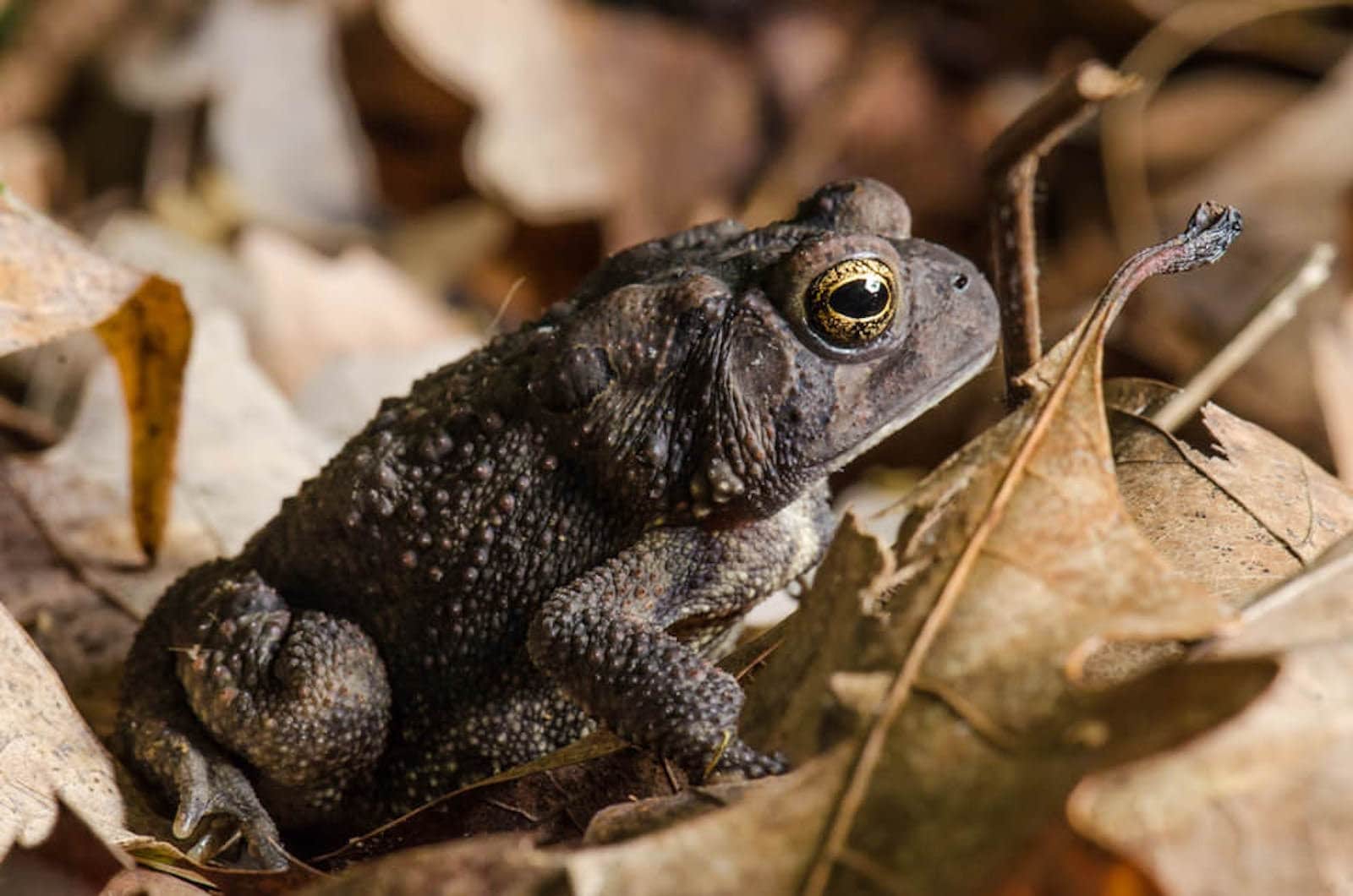
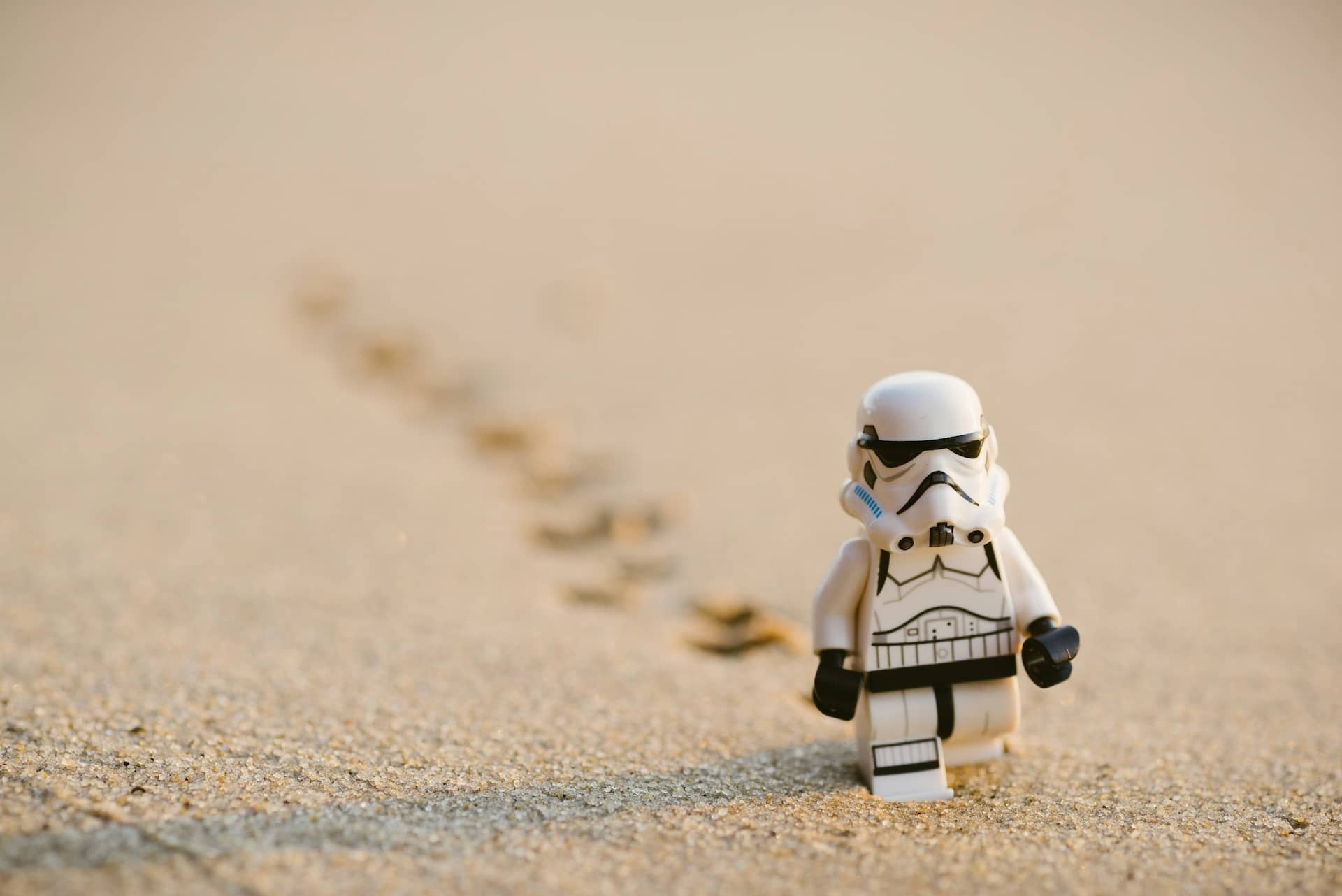

Nikon D750 + 90mm f/8.0 1/125s ISO 320
Macro lenses also have very small or shallow depths of field, which keeps only a narrow field of view in focus, creating a blurred background. This helps to isolate the subject and can create some quality looking images or footage.
But if you want a sharper image, you’ll have to make your aperture smaller. The problem with this is you’ll be letting in almost no light. Macro lenses are best used in well-lit environments. Watch the video below for more on this.
More on macro
Related Posts
Macro Lens Uses
Quick tips on how to use a macro lens
But macro photography, and even videography doesn’t have to be all gross insects and raindrops.
Check out how Peter McKinnon uses his macro as he goes over some benefits of the lens.
Why the macro lens
Using a macro lens isn’t too complicated when you understand its capabilities. Let’s go over some tips based off of what we already know.
Shallow Depth of Field
Remember, macro lenses have a really small depth of field. Blurred backgrounds are great, but what if you want to decrease the blur a bit. How would you increase the depth of field?
This is where knowing what aperture is becomes vital.
What is Aperture? • Subscribe on YouTube
In order to increase the focus area, you’d have to decrease the aperture (make the size of the opening in the lens smaller). This will make your background sharper.
This is done by increasing the “f value.” F/16 is a high number but the aperture is very small. At this number, you’re shooting through something as small as a pinhole.
While this increases your depth of field, it simultaneously strips you of light. You can raise the ISO on your camera to offset this.
Lighting
Make sure your subject is surrounded by a ton of light when using a macro lens. Also, because a macro lens is so close to the subject, sometimes the camera itself could get in the way of your light source. Try using a ring light around your lens.
Composition and Color
Even if you increase the depth of field, it’s likely your macro will shoot video with blurry backgrounds. Pick background colors that make your subject in the foreground pop. Contrasting or complementary colors can really change the game.
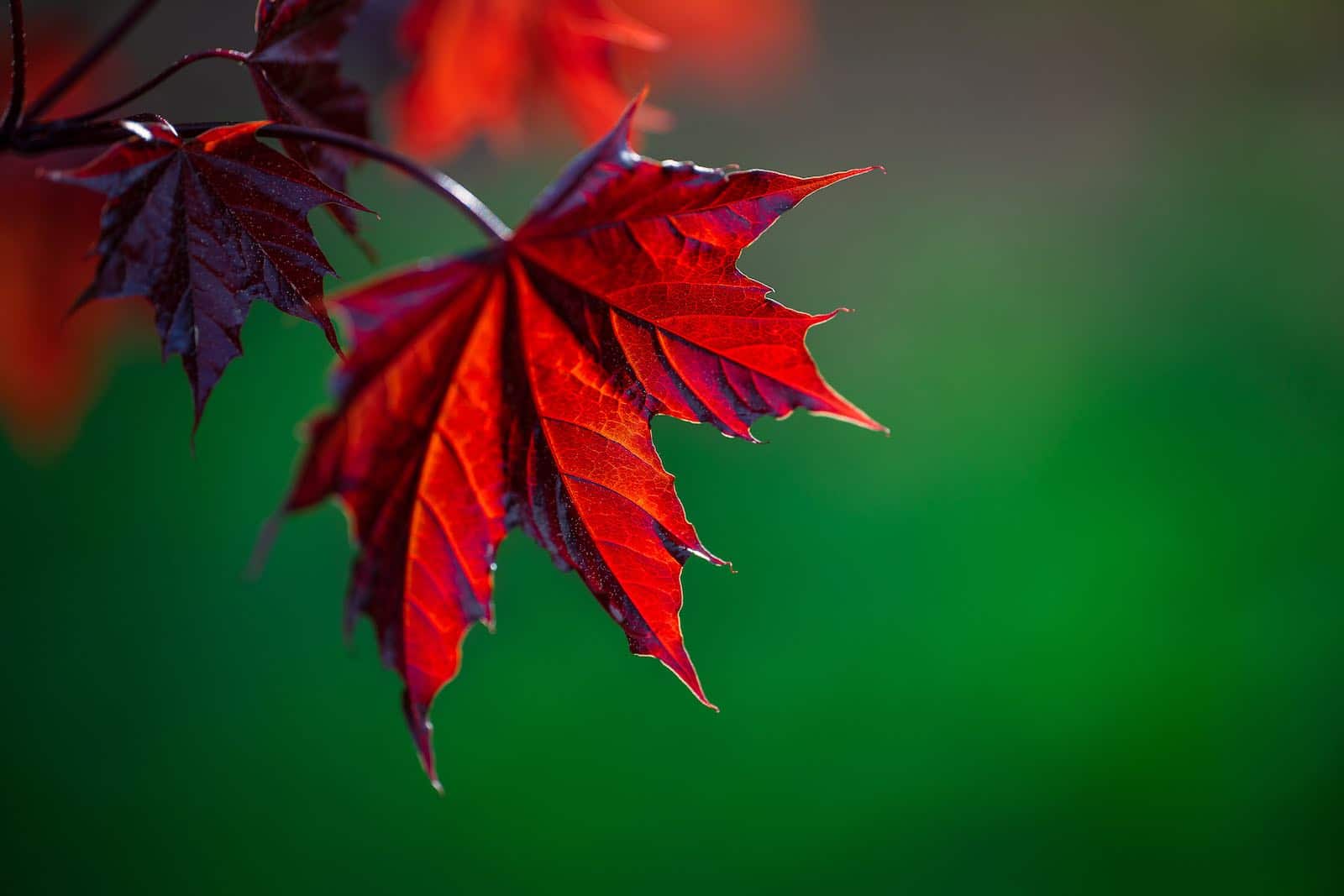
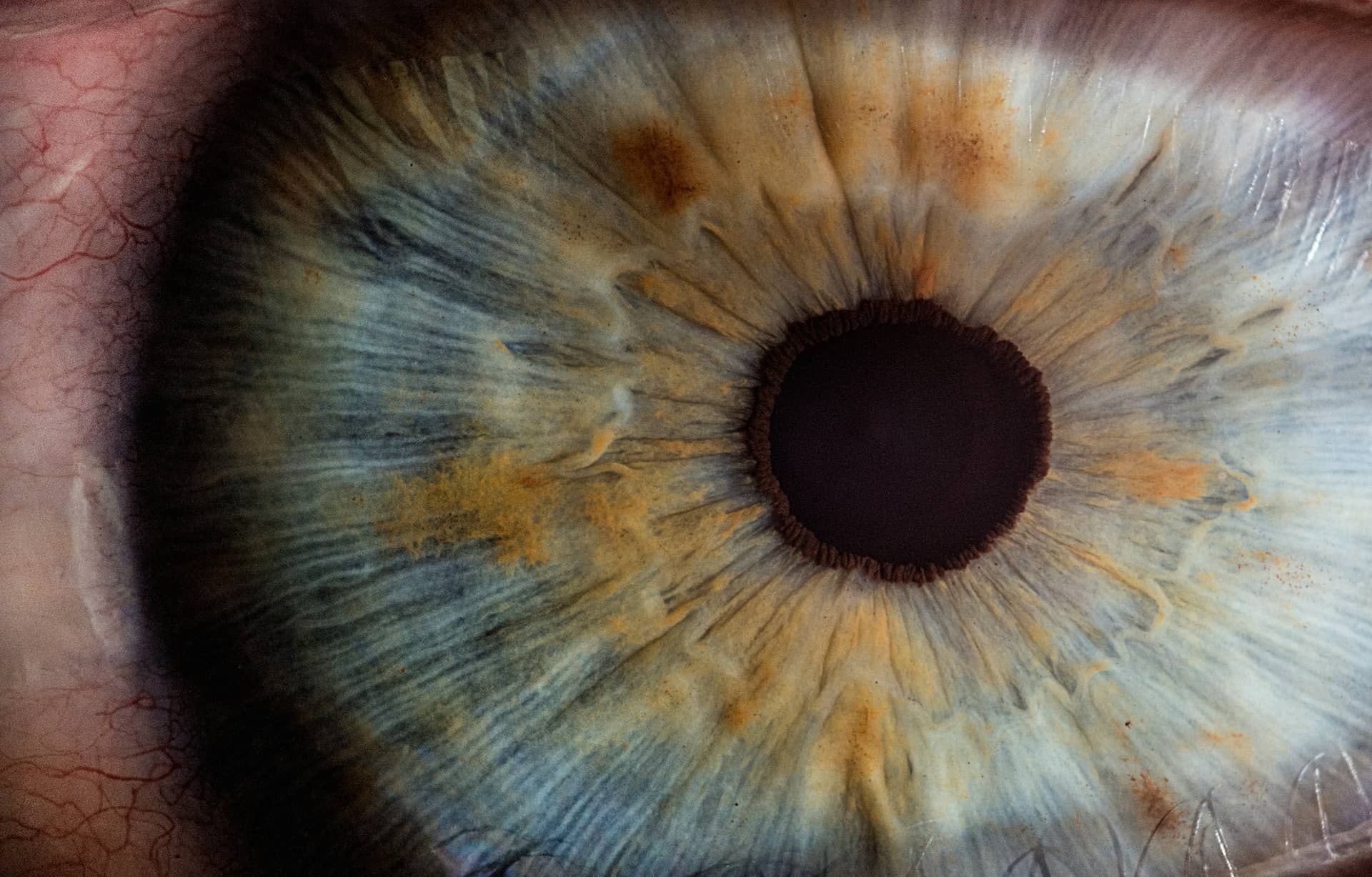

Nikon D800 + 1/200s ISO 1000
Stabilization
If you want professional looking footage, try setting your camera on a tripod when using a macro lens. The shake will be more noticeable on video than with still photography.
Free downloadable bonus
FREE Download
Camera Lenses Explained
Every type of camera lens has distinct qualities and visual characteristics that every image-maker should understand. Download our FREE e-book to get in-depth explanations on prime vs. zoom lenses, anamorphic vs. spherical lenses, wide angle, standard, telephoto and even specialty lenses that all tell a slightly different story.
Related Posts
Up Next
What’s a Prime Lens?
The macro lens is a great addition to any filmmaker’s toolbelt. Another lens, probably even more practical, is the prime lens. It’s sheer versatility and value makes it a must-have for all-level photographers and filmmakers.
Up Next: What's a Prime Lens? →
Showcase your vision with elegant shot lists and storyboards.
Create robust and customizable shot lists. Upload images to make storyboards and slideshows.
